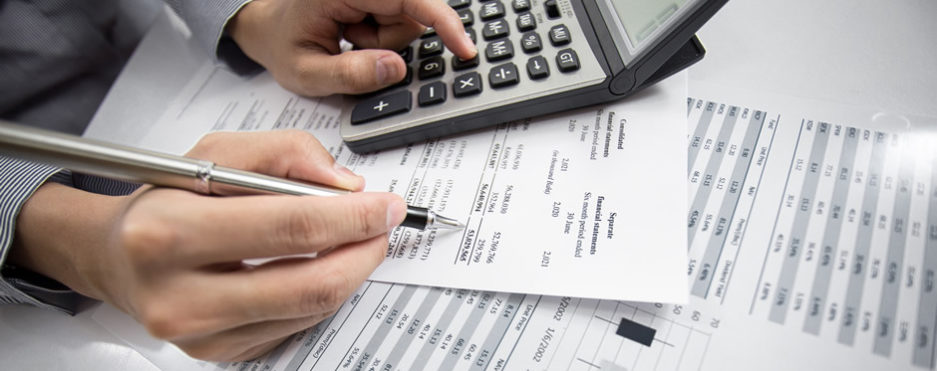Some of the effective time management techniques to manage time at workplace are
Ask Yourself
It’s easy to get caught up in mundane “busy” work that distracts you from more important projects. Always ask, “Is this the best possible use of my time at this exact minute?” If not, stop what you’re doing and direct your efforts toward another activity that is going to give you a bigger payoff.
Close the door
If you find it hard to get your work done because of drop-in visitors, don’t be shy about shutting your door to discourage interruptions. Of course, you don’t want to lock people out all day long, but this is a particularly useful technique when you really need to concentrate for just an hour or two.
Be Tech friendly
Do you find your entire day eaten up by phone calls and emails? You may think that you’re being efficient by responding the second a new communication comes in but many times, the reverse is true. Send your calls to voice mail and turn off your email notification. Then check your messages once in the morning, once after lunch, and once more before you leave the office. You’ll be able to respond to important issues as they come up, and still have time to get some actual work done!
Clear The Clutter
Some people have a hard time staying focused because the piles and stacks distract them from the task at hand. Clear the clutter off of your desk and other visible surfaces, then only have out what you are currently working on. That way, your eye (and your attention) won’t be drawn away as easily.
Write Everything Down
If your mind can’t seem to settle down, and you keep thinking of the million OTHER things that you have to do, keep a pad of paper on your desk and write down each of these to-do’s as they occur to you. Emptying them out of your head will allow you to stay focused on the task at hand, without fear of forgetting something important.
Organize To-Do’s
Rather than simply piling all of your paperwork into a single “in-box” tray, consider setting up a series of action files in a rack or box on your desk with one for each type of to-do. You might have a folder for “to file,” one for “to read,” one for “to contact” or whatever makes sense for your job. When you receive a new stack of paper, take a second to sort it into the appropriate files, according to the next step you need to take with each item.
Schedule It
A lot of folks are great about creating to-do lists, but never seem to get around to marking any of the items off! If you face this sort of challenge, try actually scheduling each to-do on your calendar. Commit a chunk of time on a specific day to each item on your list and you will be amazed at how quickly you get it all done.
30 Seconds Or Less
Not all to-do’s are created equal nor do they all take the same amount of time. Some items can be completed very quickly (like bookmarking a website, filing a business card in your Rolodex, or entering an important number in your cell phone). When a to-do crosses your desk, ask if it can be completed in 30 seconds or less. If so, just go ahead, do it, and get it over with — just one less thing to have to worry about later!
Sometimes, Procrastinate
This one is a corollary to the previous rule. It’s not always the best use of your time for you to tackle a to-do right when it comes in. Let routine items that have no set deadline and that take a bit longer pile up (in a folder, not in a stack) for a few days, then tackle the whole batch at once.
Consolidate Routine Actions
Hopping back and forth from one activity to another is a big time-waster. If you file a piece of paper then make a call then send an email then file another piece of paper, your brain has to switch gears at each step. Instead try to complete all of one type of to-do before moving on to the next task. Make all of your calls, do all of your filing, and then send all of your emails. You’ll find that you move faster and get more done in a shorter amount of time when you’re in a groove!



